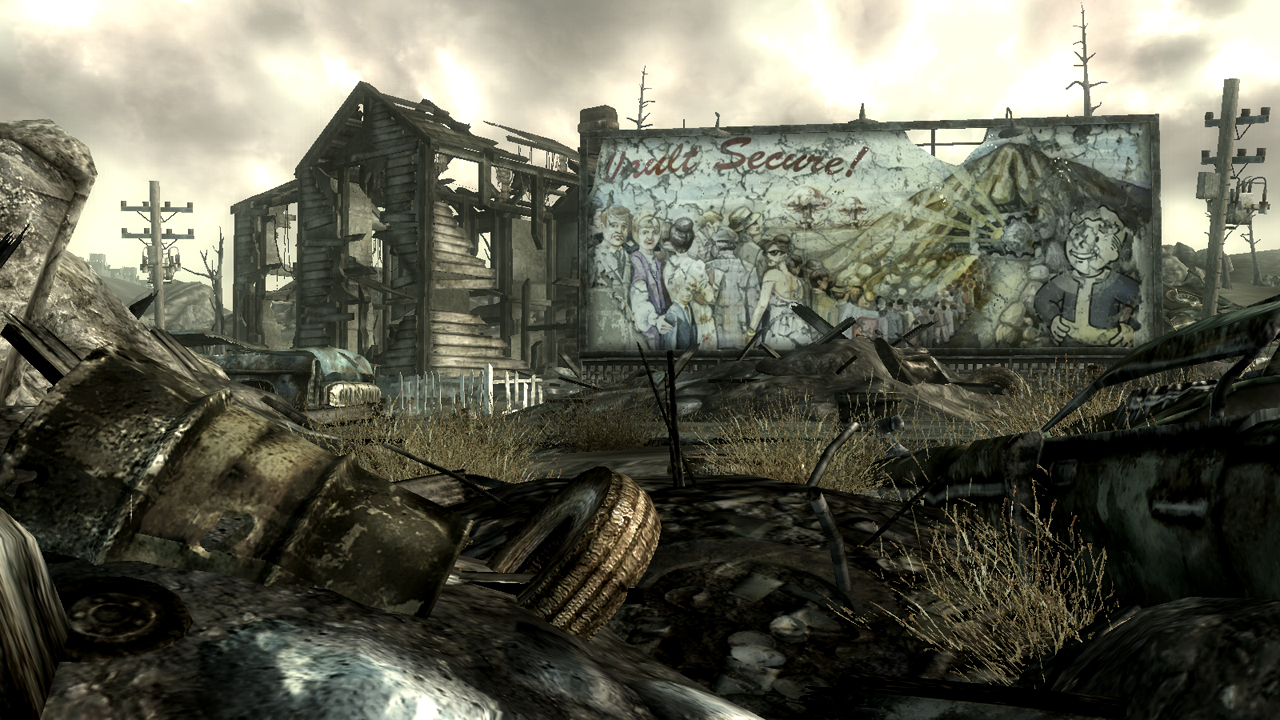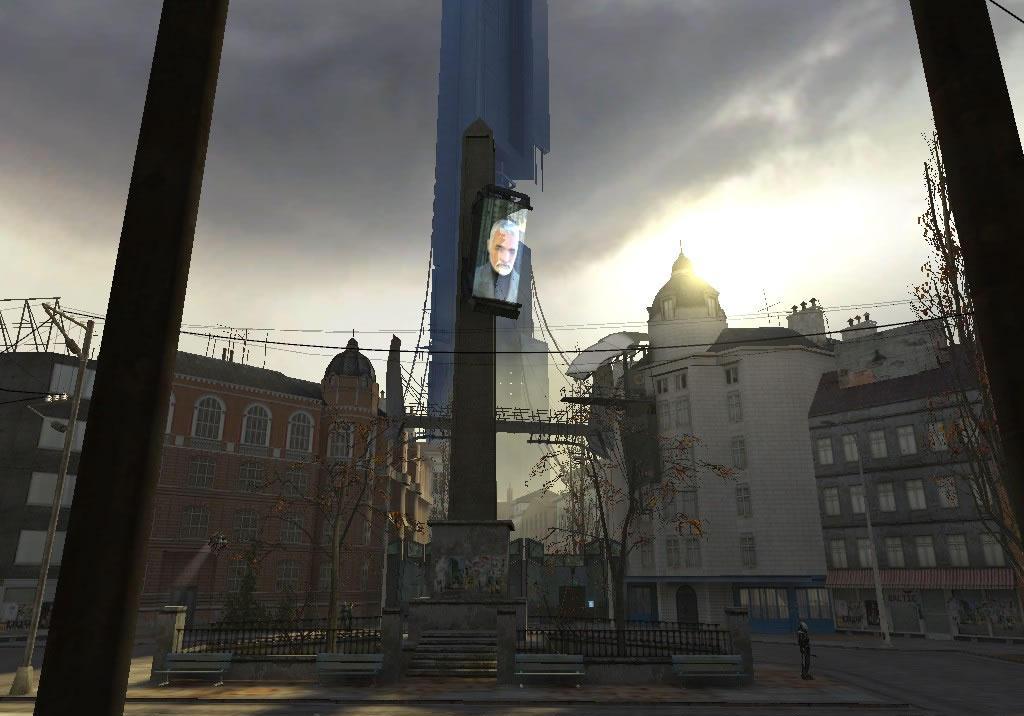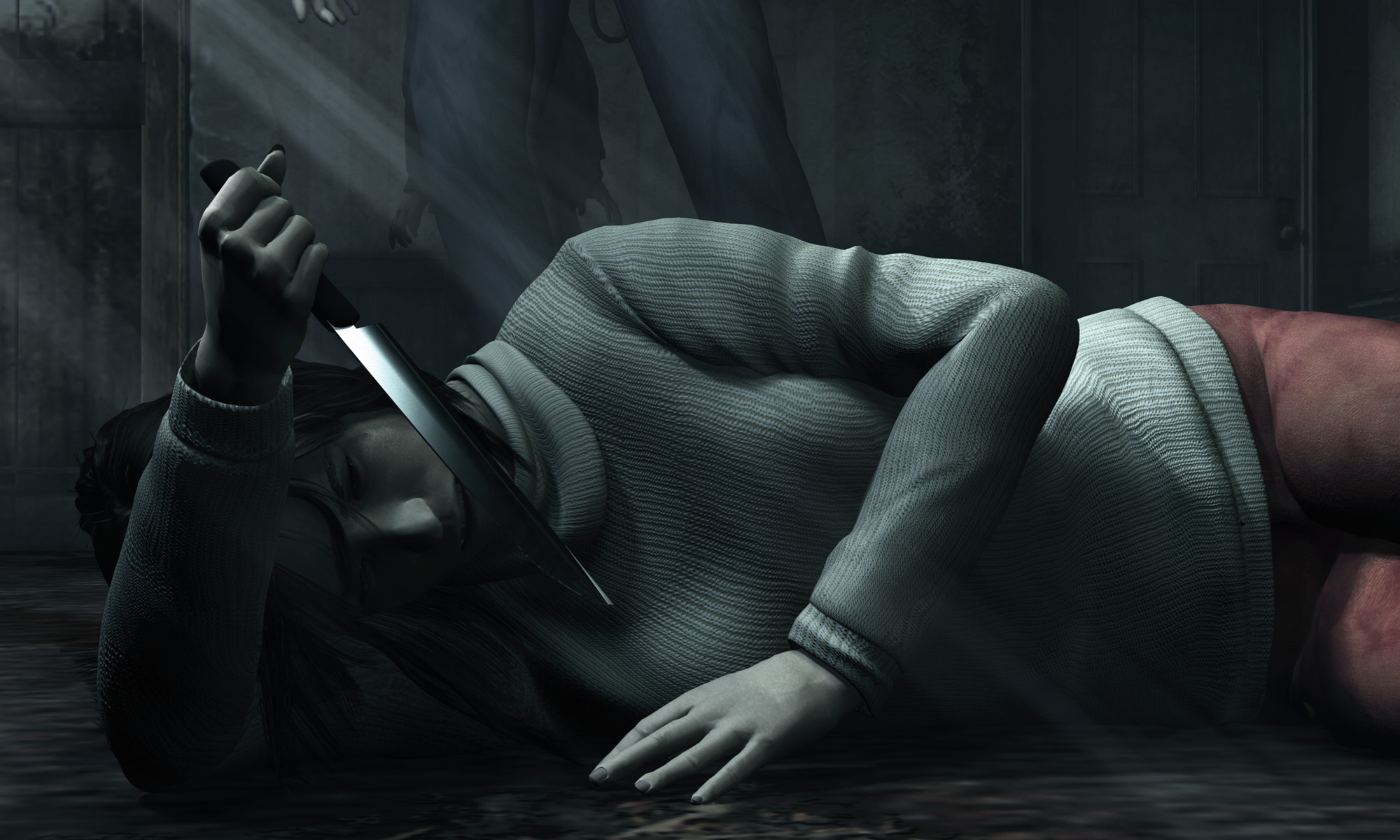[HEADING=2]Mise en scene[/HEADING]
Mise-en-scène (French pronunciation: [mizɑ̃sɛn] "placing on stage") is an expression used to describe the design aspects of a theatre or film production, which essentially means "visual theme" or "telling a story" ? both in visually artful ways through storyboarding, cinematography and stage design, and in poetically artful ways through direction. Mise-en-scène has been called film criticism's "grand undefined term".
Layman's explanation...give an example, through text or screenshots, of games you feel "tell a story" VISUALLY. I think this is an underrated art in video game design, and a prime culprit in leading people to praise the likes of Half Life 2 as having a strong "story", even though the more traditional storytelling elements are thin on the ground.
Some examples:



Mise-en-scène (French pronunciation: [mizɑ̃sɛn] "placing on stage") is an expression used to describe the design aspects of a theatre or film production, which essentially means "visual theme" or "telling a story" ? both in visually artful ways through storyboarding, cinematography and stage design, and in poetically artful ways through direction. Mise-en-scène has been called film criticism's "grand undefined term".
Layman's explanation...give an example, through text or screenshots, of games you feel "tell a story" VISUALLY. I think this is an underrated art in video game design, and a prime culprit in leading people to praise the likes of Half Life 2 as having a strong "story", even though the more traditional storytelling elements are thin on the ground.
Some examples:


















